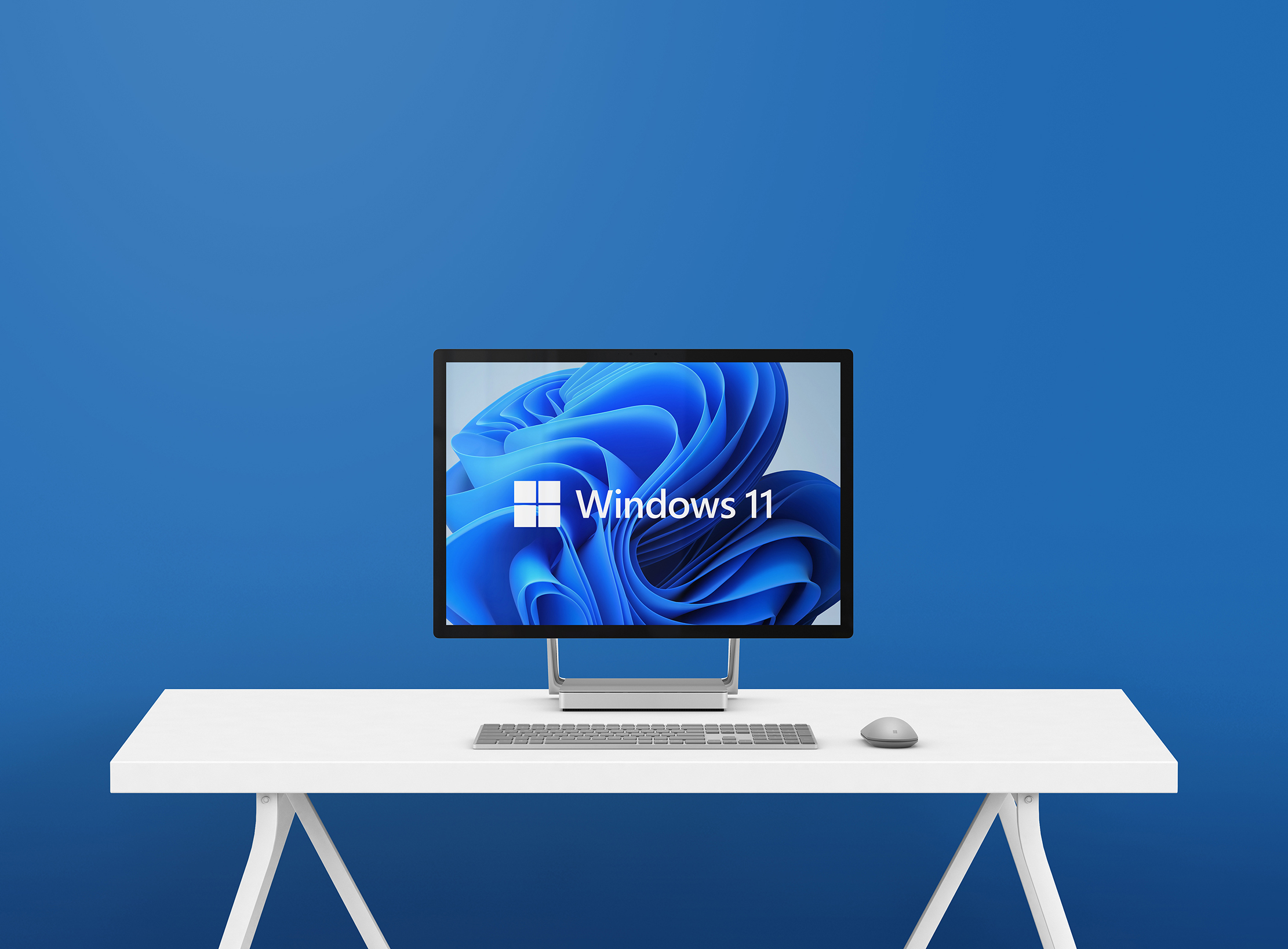
Microsoft is updating Windows 11 to give users more control over where volume, brightness, airplane mode, and virtual desktop indicators appear on the screen. Previously centralized at the bottom of the display, these indicators can soon be moved to either the center top or the top-left corner of the screen.
This option, introduced in the latest Dev Channel build, responds to popular demand. However, Microsoft limits the indicator positions to these two top locations, avoiding corners like the top-right or bottom to prevent clashes with other interface elements like minimize or close buttons.
Users can adjust this setting by navigating to Settings > System > Notifications, where a dropdown labeled “Position of the onscreen pop-up” will allow the new placement choices.
New “Recall” Feature Enhances Productivity
Alongside indicator repositioning, Microsoft is rolling out “Recall,” a personalized homepage designed to help users quickly reconnect with recently used apps and websites. This feature activates only if the snapshot collection feature is enabled.
Recall learns from your last day’s activity and suggests apps and web pages you may want to revisit. It shows a “Recent snapshots” section highlighting your last three visited locations and three frequently used apps. Microsoft’s demo displayed PowerPoint presentations, Word documents, and Edge browser tabs in this area.
A new vertical navigation bar on the left side of the UI provides access to Recall’s Feedback, Home, Settings, and Timeline options.
As with many Windows features, Microsoft plans to test these updates with Windows Insiders over several months before releasing them to all users in a stable update.
What The Author Thinks
Offering users the choice to customize where critical interface elements appear is a smart move by Microsoft. It balances modern design with user comfort and accessibility, especially for those who prefer a more familiar or ergonomic layout. Features like Recall that learn from user habits also represent the future of intuitive computing. However, it’s essential that Microsoft continues to listen to user feedback and avoid forcing changes that might disrupt productivity or cause confusion.
Featured image credit: unLTD Business
For more stories like it, click the +Follow button at the top of this page to follow us.
